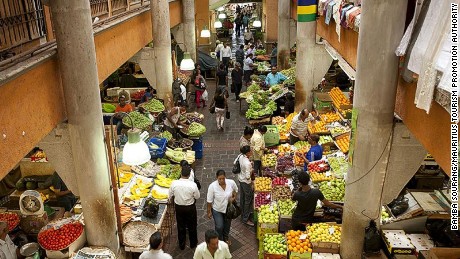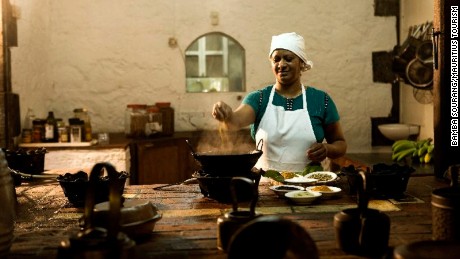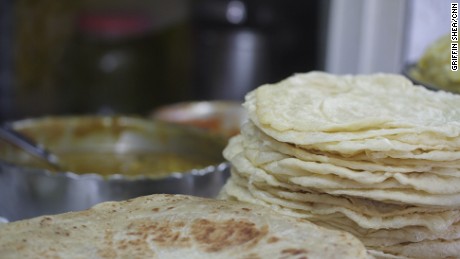Mauritius: The island where food is everywhere
Griffin Shea, CNN • Published 1st May 2017, http://www.cnn.com/travel/arti...tius-food/index.html
Mauritius (CNN) — Inside Port Louis's Central Market, pink dragon fruits rest next to purple custard apples, in front of boxes of ginger, red onions and ground spices.
It's a globe-spanning display of produce that migrated here along the paths of the sailing ships that brought settlers, slaves and servants to Mauritius.
"It's a melting pot, curry from India, noodles from China," says Linzy Bacbotte, a Mauritian singer and advocate of Creole culture. "It's very colorful, all the spices. And if you want a snack, the dried fish. It's yum."
She also likes a drink called alouda, sort of a milkshake with tapioca balls and sweetened with flavored syrups.
But Mauritius is one of those places where a bounty of snacks are never far away.













